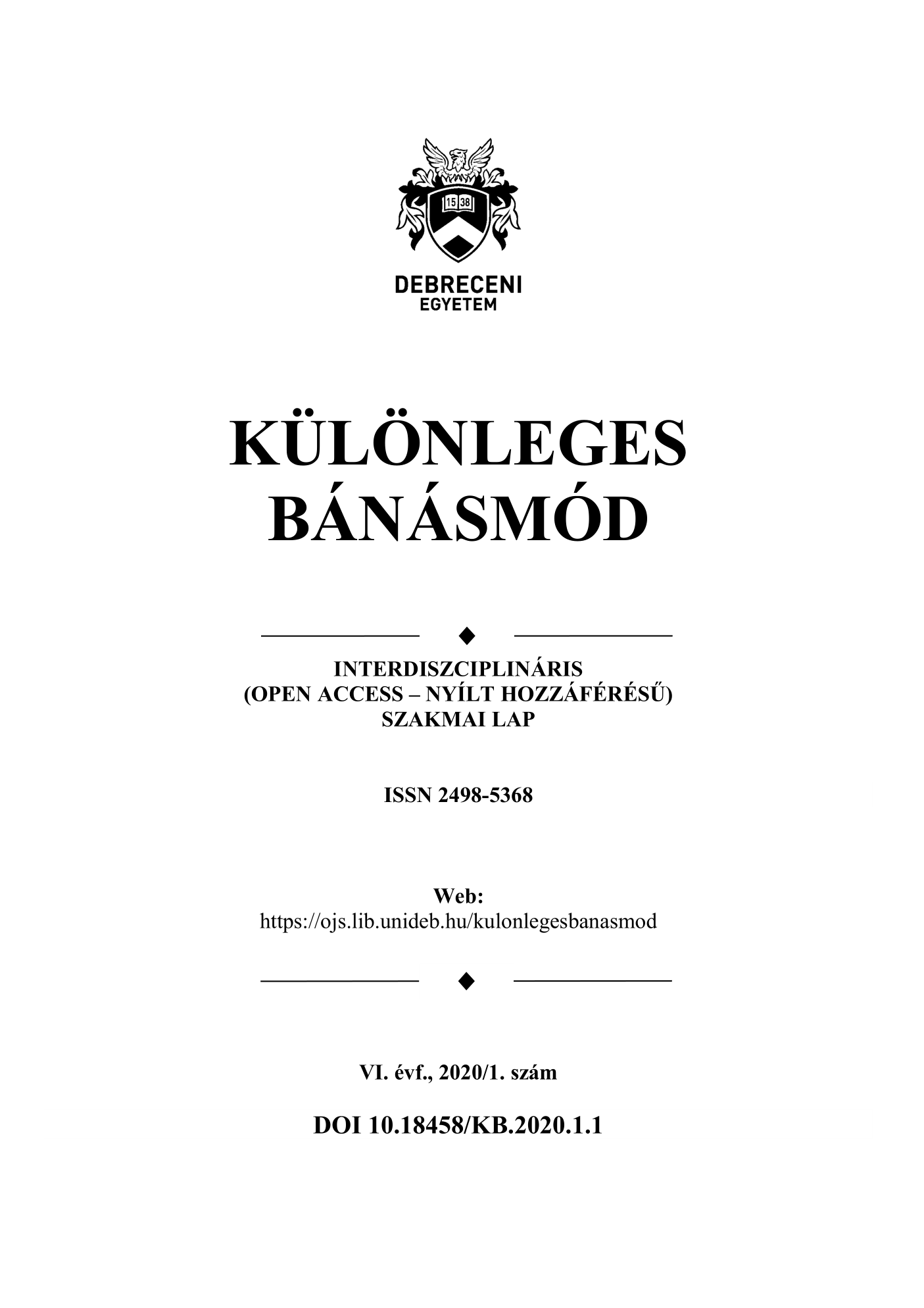COMPARISON OF THE FAMILIARITY OF GRADE 4 ROMA AND NON-ROMA SCHOOL CHILDREN WITH SOME BIOLOGICAL TERMS IN ENGLISH AS A FOREIGN LANGUAGE
Authors
View
Keywords
License
Copyright (c) 2020 Vladimir Legac, Darinka Kiš-Novak , Goran Lapat

This work is licensed under a Creative Commons Attribution-NonCommercial-NoDerivatives 4.0 International License.
How To Cite
Abstract
Most of the Roma settlements in Croatia are spatially segregated from the settlements of the majority population. Specific cultural elements constitute the ethnic border towards the local population, making it difficult and reducing the possibility of their integration into the majority population. One of the results of that segregation is the unfamiliarity of the Roma children with the language of the majority population. This unfamiliarity with the Croatian language is a big obstacle for the integration of the Roma children into Croatian society through school education. Starting from Grade 1 they follow the regular school curriculum. Two of the subjects that are taught from the very beginning of their primary school education are Natural Science and English as a foreign language. In this paper, the authors present the results (statistical analysis and discussion) of their research study. It compares the familiarity of Roma and Non-Roma Grade 4 children (age 10) with some biological terms in English as a foreign language. Based on the results of their research, the authors suggest modifications of the school curriculum for Roma children that would enable their better school achievement and subsequently their easier integration into Croatian society.


 https://doi.org/10.18458/KB.2020.1.47
https://doi.org/10.18458/KB.2020.1.47